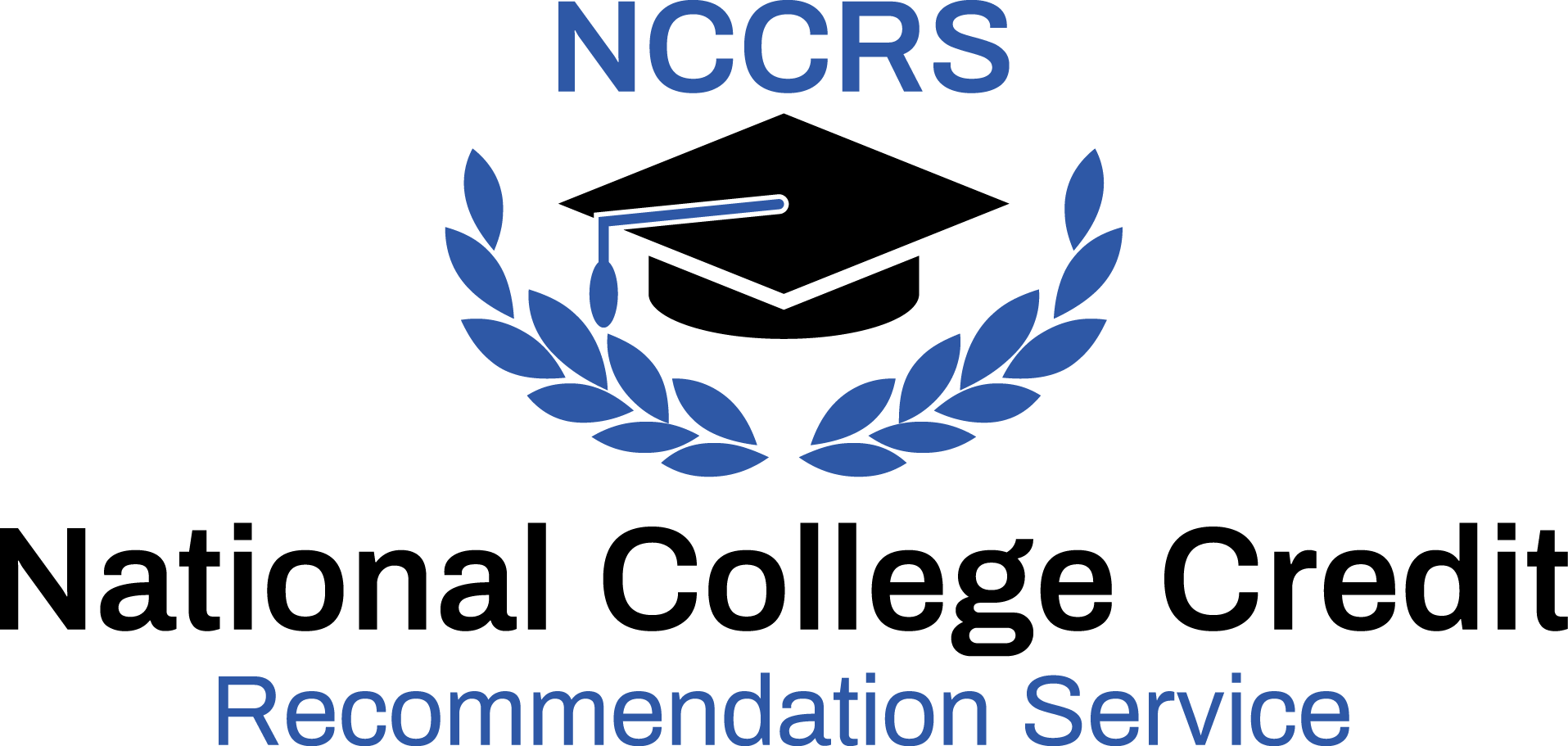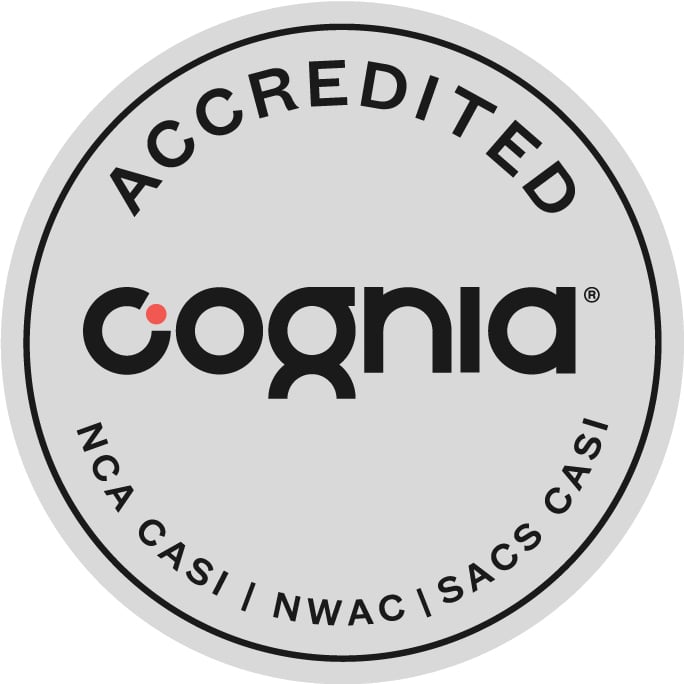By Graham C. Knowles
Goal setting is supposed to be an inspirational process to help you write down your goals and map out the steps to achieve them. However, for some, this process is overwhelming, confining, and even intimidating, especially as you think about the steps and challenges you may face along the way.
But for your dreams to become a reality, you must stop hoping to achieve your goals and map out the actionable steps you'll take to achieve them. Luckily, setting SMART goals is an easy process that ensures you're setting rewarding and actionable goals, while also providing you the opportunity to adjust them as needed.
Let's dive into why goal setting is important and how to create your SMART goals.
Why Goal Setting Is Important for College Students
I once read a quote from Jeff Selingo, an author who has written about higher education for more than two decades, that said, “Two-thirds of college students go through college without much intentionality.” I know several students who feel like obtaining a degree should land them that dream job and start them on their career. Unfortunately, in this day and age, that alone is not going to differentiate you.
College teaches you the technical knowledge for the major you are seeking, but your career is founded on your professional development growth, derived from experiences that shape and define you.
To begin your career at your dream job or even in your dream industry, you must create a plan for how to get there, so your actions are intentional. Otherwise, you'll float through life just hoping you'll land that job.
As an instructor, I use SMART goals in my curriculum to help students shape their professional dreams. Understanding what SMART goals are and what the acronym stands for is important, so let’s take a look.
What Are SMART Goals?
SMART goals are a goal-setting technique that was originally created by business consultant Peter Drucker as part of his Management by Objectives concept outlined in his 1954 book, The Practice of Management.
SMART is an acronym that stands for:
Specific
Measurable
Actionable
Rewarding
Time Specific
Over time, different organizations have changed some of the words associated with different letters. For instance, some may use Simple or Significant for ‘S’ and Meaningful or Motivating for ‘M’. To keep things simple in this article, we’ll use the original definition.
But no matter the terminology, the main thing is to use this technique to set goals and to map out the steps to help you achieve them.
How to Set SMART Goals
S — Specific:
To start, write your goal with as much detail as possible, while also respecting the fact that you may not know certain aspects or challenges you may face. A common goal I see college students make is to “obtain an internship.” But that is too vague to create a detailed plan of how to achieve it.
Make that more specific by indicating in what field or industry and the geographical location you want the internship. For instance, a more specific variation is: “To obtain an internship in the fashion industry located in Western Europe.”
Now you use that to map out the steps needed to achieve it.
M — Measurable:
How will you know if you have or have not achieved your goal? For some goals, this may be tougher to quantify. For instance, if your goal is “To be a stronger public speaker,” how can you measure “stronger” or “feel more confident”? It may be an internal feeling which can be tough to pinpoint.
Take some time to reflect on how you define that feeling so you can clearly measure it. Is it really about eliminating or reducing the number of distracting non-verbals? Or is it initiating engagement from your audience?
Another way you can measure this would be to provide a short survey to attendees after your presentation to gain feedback from your audience. Then you can track the results to see how you’re improving.
A — ACTIONABLE:
An actionable goal requires you to identify specific actions or steps necessary to achieve it. To make your goal actionable, you need to pinpoint specific steps that will lead you to success. Think of it as creating a detailed roadmap with precise, manageable tasks. For instance, if your dream is to "start a small business," what actions will you take? Will you conduct market research, draft a business plan, secure funding, and obtain necessary permits?
What steps will you outline to turn your ambitions into reality? Have you considered what specific actions you need to take to achieve your goals?
R — Rewarding:
A rewarding goal should align with your personal values and aspirations, offering a sense of achievement and satisfaction. For instance, "I will volunteer 10 hours a month at the local animal shelter because I am passionate about animal welfare and want to give back to my community." This not only benefits others but also provides personal fulfillment, making the effort invested in the goal deeply motivating.
T — Time Specific:
A time-specific goal involves setting clear deadlines and timelines for achieving your objectives. For example, "I will write and publish my first book by the start of next year, by dedicating two hours each day to writing and completing one chapter per month." This includes starting specific tasks on set dates and setting intermediate deadlines for achieving smaller milestones.
Time-specific goals help maintain momentum and ensure that you stay on track to complete your overall goal within a reasonable timeframe.
3 Questions to Ask Regarding Your SMART Goal
Setting your SMART goal is an important first step. But along the way, you need to make sure that the goal still aligns with your plans, that it’s difficult while still being achievable, and that you are in control of achieving it. You should also share your goal with others so they can provide feedback and hold you accountable.
Ask yourself these three questions to make sure that you’re on the right path.
Do You Need to Reevaluate Your Goal?
After you have created your SMART goal it is perfectly fine to reevaluate it. In fact, this is a really important step that many students don’t do. As you progress through trying to achieve your goal, you may have to adjust some elements, just like I did while training for the triathlon.
Sometimes, that means changing how realistic your goal is. Maybe you have to scale it back because it’s harder than you initially thought. Or you may need to change how it’s measured or your time frame.
Updating your goal is a natural progression as you work through the various steps. And it provides you an alternative to quitting if your goal is harder (or easier) than you originally thought. Simply reevaluate and realign your SMART goal based on the new information.
Do You Have Control Over Your Goal?
Another aspect to consider is the amount of control or influence you have over actually achieving your SMART goal. I have worked with several student athletes who sometimes confuse a team goal with their individual goal, such as “winning a national championship.”
A lofty goal for sure but how much of it is solely in the student athlete’s control or influence?
When setting your SMART goal, make sure you can achieve the goal. For instance, you can contribute to your team winning the national championship by averaging two more assists than you did last year. Just make sure that it’s a realistic goal based on your playing time and other factors.
Have You Shared Your Goal with Others?
Lastly, after you have created your SMART goal, share it with others. They can help you in achieving your goal by offering guidance, support, and accountability. The powerful connections that you make by showing and sharing your goals in life are a powerful networking tool.
Many leaders constantly ask for feedback from their peers and network to make sure they are on the right track to achieving their goals. In fact, there are even techniques to solicit negative feedback if your manager doesn’t want to give it. By sharing your goal with others at the beginning, it makes it easier to solicit feedback along the way.
This is why the NSLS incorporates goal setting into its leadership program. And we’ve found that sharing your goal with your Success Networking Team provides an opportunity to hear feedback on your goals and keep you accountable to taking the steps to achieve them.
Start Setting SMART Goals Today!
No matter what your goal, it should be purposeful and meaningful to you. Keep dreaming and keep setting those goals! And remember to keep them Specific, Measurable, Achievable, Rewarding, and Time Specific.

Graham C. Knowles is currently Associate Dean for Off-Campus Commons and previously was Associate Director/Lecturer for The Archer Center for Student Leadership Development at Rensselaer Polytechnic Institute. There, he taught several required courses in the School of Engineering and Management and facilitated custom-designed workshops and programs for organizations. He also serves as the academic liaison for the men's lacrosse and softball teams. He is a certified MBTI facilitator and advisor for the Rensselaer chapter of The National Society of Leadership and Success.
In his spare time, he is very involved in the local soccer and school communities in Colonie, New York.









